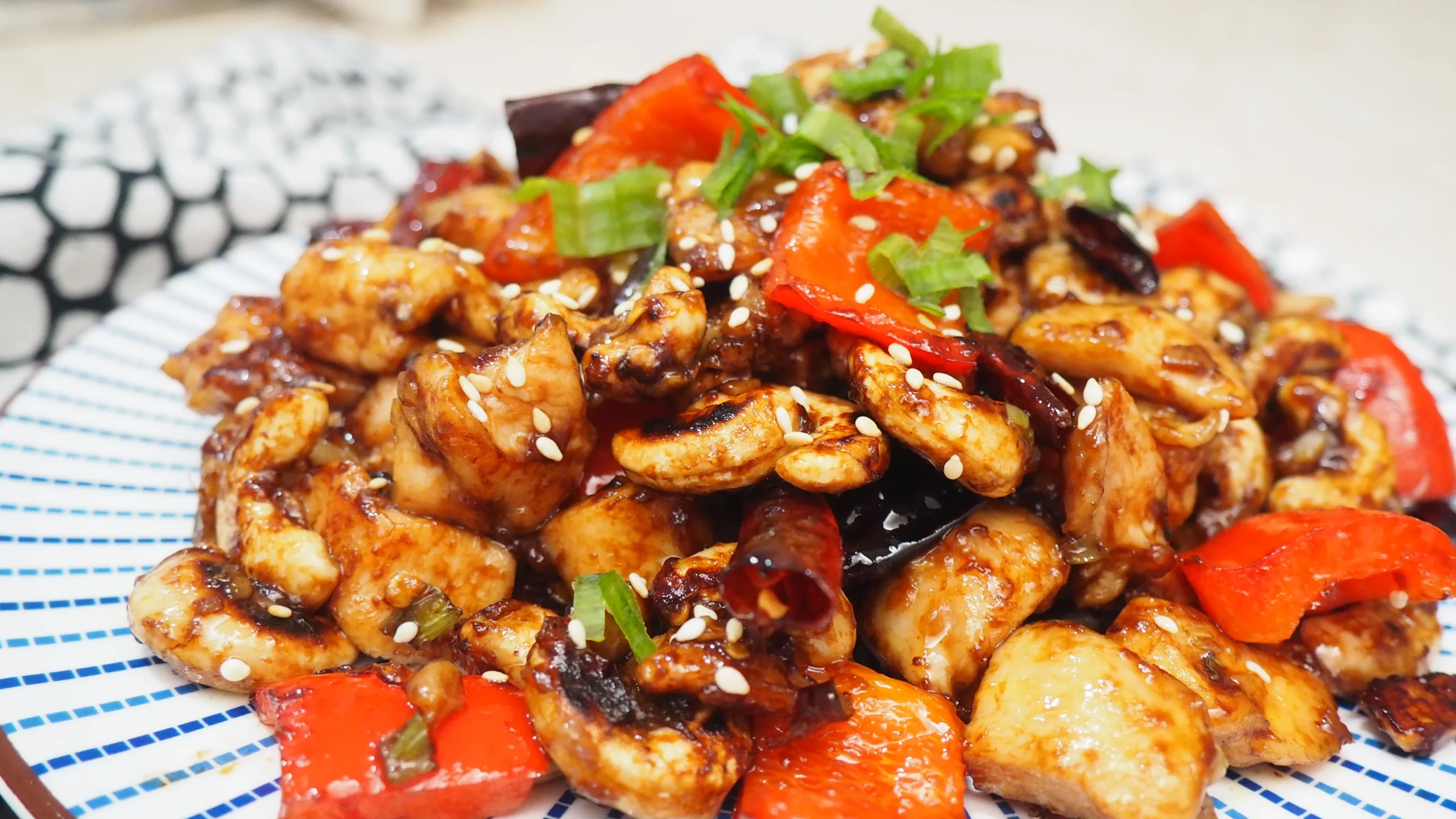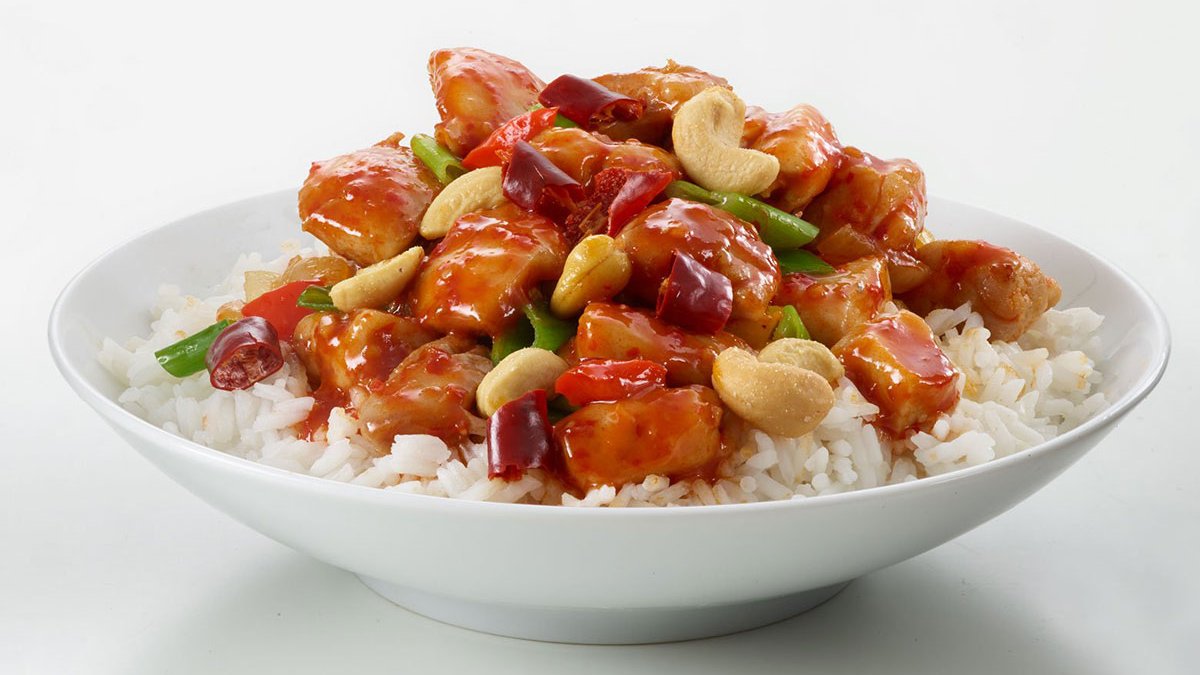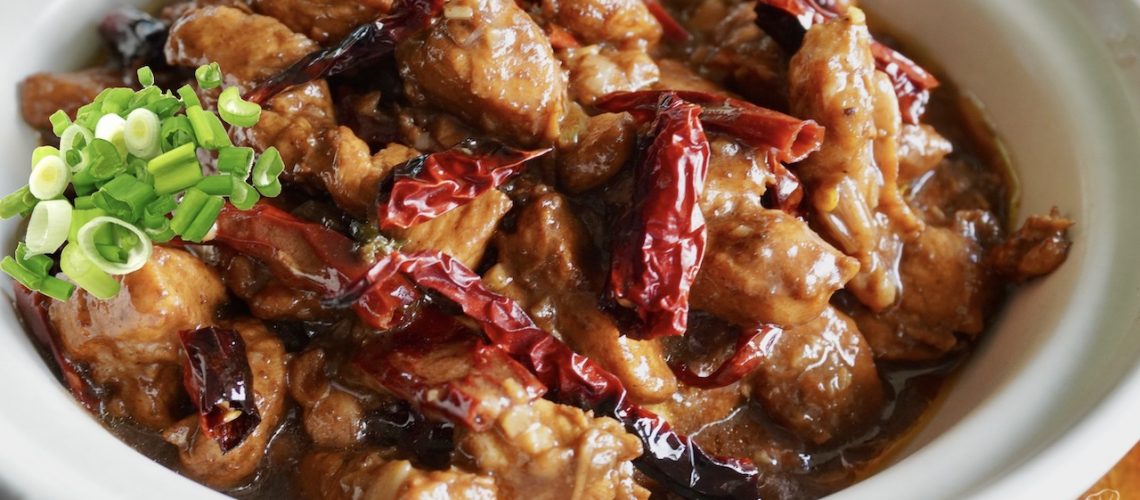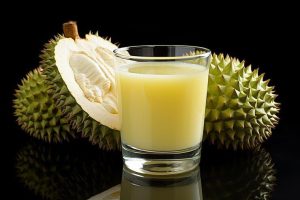Chicken Kung Pao, a popular dish in Chinese cuisine, is renowned for its bold flavors, vibrant colors, and irresistible aroma. Originating from the Sichuan province of China, this savory and spicy stir-fry has captivated taste buds around the world with its harmonious blend of ingredients and distinctive sauce. In this article, we embark on a culinary journey to unravel the delights of Chicken Kung Pao and its cultural significance.
Savor the Spice: Exploring the Flavors of Chicken Kung Pao

The Origins of Chicken Kung Pao:
Chicken Kung Pao, also known as Gong Bao Ji Ding, traces its roots back to the Qing Dynasty in Sichuan, China. Named after Ding Baozhen, a Qing Dynasty official and governor of Sichuan, the dish was traditionally prepared with diced chicken, peanuts, vegetables, and chili peppers, all stir-fried together in a flavorful sauce.
The Flavor Profile:
At the heart of Chicken Kung Pao lies its distinctive flavor profile, characterized by a balance of spicy, sweet, tangy, and savory notes. The key ingredients that contribute to its complex taste include Sichuan peppercorns, dried red chilies, garlic, ginger, soy sauce, vinegar, and sugar. The combination of these ingredients creates a tantalizing symphony of flavors that dance on the palate with each bite.
The Preparation Process:
To prepare Chicken Kung Pao, diced chicken is marinated in a mixture of soy sauce, rice wine, and cornstarch before being stir-fried with peanuts, vegetables, and aromatics. The sauce, made from a blend of soy sauce, vinegar, sugar, and chicken broth, is then added to the stir-fry, infusing the dish with its signature flavor. Sichuan peppercorns and dried red chilies are added for heat and depth of flavor, creating a spicy and aromatic sauce that coats the chicken and vegetables.
Cultural Significance:
Chicken Kung Pao holds cultural significance in Chinese cuisine, representing the bold and spicy flavors of Sichuan cuisine. It is often served as part of a traditional Chinese banquet or enjoyed as a comforting home-cooked meal. The dish’s popularity has spread beyond China’s borders, becoming a favorite in Chinese restaurants worldwide and inspiring variations and adaptations in different culinary traditions.
Health Benefits:
Despite its rich and flavorful taste, Chicken Kung Pao can be a nutritious and balanced meal when prepared with lean chicken breast, plenty of vegetables, and minimal oil. Peanuts, a key ingredient in the dish, provide a good source of protein, healthy fats, and essential nutrients. Additionally, the spicy ingredients, such as Sichuan peppercorns and dried red chilies, may offer health benefits, including improved digestion and metabolism.

Variations and Adaptations:
While traditional Chicken Kung remains a beloved classic, chefs and home cooks often put their own spin on the dish, incorporating additional ingredients or modifying the sauce to suit personal tastes. Variations may include the addition of vegetables like bell peppers, onions, and zucchini, or the use of alternative proteins such as tofu or shrimp. Some adaptations may also adjust the level of spiciness to cater to different preferences.
Chicken Kung Pao stands as a shining example of the rich and diverse tapestry of Chinese cuisine. With its bold flavors, vibrant colors, and cultural significance, this beloved dish continues to delight diners around the world. Whether enjoyed in a bustling restaurant or prepared at home with loved ones, Chicken Kung Pao invites us to savor the spice and celebrate the culinary heritage of Sichuan province.
Exploring the Pros and Cons of Chicken Kung Pao: A Flavorful Analysis
Chicken Kung Pao, a staple of Chinese cuisine renowned for its bold flavors and aromatic spices, offers a tantalizing culinary experience that has captivated taste buds worldwide. However, like any dish, Chicken Kung Pao comes with its own set of advantages and disadvantages. In this article, we delve into the pros and cons of Chicken Kung, shedding light on its nutritional benefits and potential drawbacks.
Advantages:
- Rich Flavor Profile: Chicken Kung Pao yowestogel boasts a complex flavor profile, combining spicy, sweet, tangy, and savory notes in perfect harmony. The dish is seasoned with a blend of ingredients such as Sichuan peppercorns, dried red chilies, garlic, ginger, soy sauce, and vinegar, creating a mouthwatering symphony of flavors.
- Nutritious Ingredients: Chicken Kung Pao typically includes lean chicken breast, peanuts, and vegetables such as bell peppers and green onions, providing a good balance of protein, fiber, vitamins, and minerals. Peanuts, in particular, offer healthy fats, protein, and essential nutrients like vitamin E and magnesium.
- Quick and Easy Preparation: Chicken Kung Pao is relatively quick and easy to prepare, making it a convenient option for busy weeknight dinners or casual gatherings. With simple ingredients and a straightforward cooking process, home cooks can whip up this flavorful dish in a matter of minutes.
- Customizable Recipe: Chicken Kung Pao is highly versatile and can be easily customized to suit individual preferences and dietary restrictions. Home cooks can adjust the level of spiciness, vary the types of vegetables used, or substitute the protein with tofu or shrimp to create their own unique version of the dish.
- Cultural Significance: Chicken Kung Pao holds cultural significance in Chinese cuisine, representing the bold and spicy flavors of Sichuan province. By preparing and enjoying this traditional dish, diners can experience a taste of Chinese culinary heritage and appreciate its cultural context.

Disadvantages:
- High Sodium Content: Chicken Kung sauce typically contains soy sauce, which is high in sodium. Excessive sodium intake has been linked to various health issues, including high blood pressure, heart disease, and stroke. Individuals watching their sodium intake should consume Chicken Kung Pao in moderation or opt for low-sodium soy sauce alternatives.
- Caloric Density: While Chicken Kung Pao can be a nutritious dish when made with lean protein and plenty of vegetables, it can also be calorically dense, especially if prepared with excessive amounts of oil or served with rice or noodles. Individuals trying to manage their weight should be mindful of portion sizes and overall calorie intake.
- Potential Allergens: Chicken Kung Pao contains peanuts, which are a common allergen. Individuals with peanut allergies should exercise caution when consuming this dish or opt for alternative ingredients. Cross-contamination in restaurant kitchens may also pose a risk for individuals with food allergies.
- Spiciness May Not Suit Everyone: The spicy nature of Chicken Kung Pao, derived from ingredients like dried red chilies and Sichuan peppercorns, may not appeal to everyone’s taste preferences. Some individuals may find the dish too spicy or overpowering, leading to discomfort or digestive issues.
- Environmental Impact: The production of ingredients used in Chicken Kung Pao, such as chicken and peanuts, may have environmental implications, including deforestation, habitat destruction, and greenhouse gas emissions. Sustainable sourcing practices and environmental awareness can help mitigate these impacts.
Conclusion:
In conclusion, Chicken Kung Pao offers a flavorful and satisfying dining experience with its rich blend of spices, protein, and vegetables. While it boasts several nutritional benefits and cultural significance, it is essential to be mindful of its potential drawbacks, such as high sodium content, caloric density, and allergen concerns. By enjoying Chicken Kung Pao in moderation and making informed dietary choices, individuals can savor the taste of this beloved Chinese dish while maintaining a balanced and healthy lifestyle.
Read More Article About “North Atlantic Right Whale”




